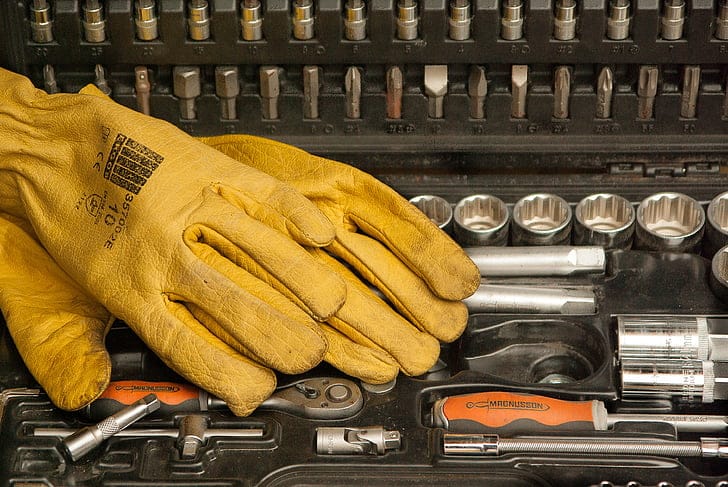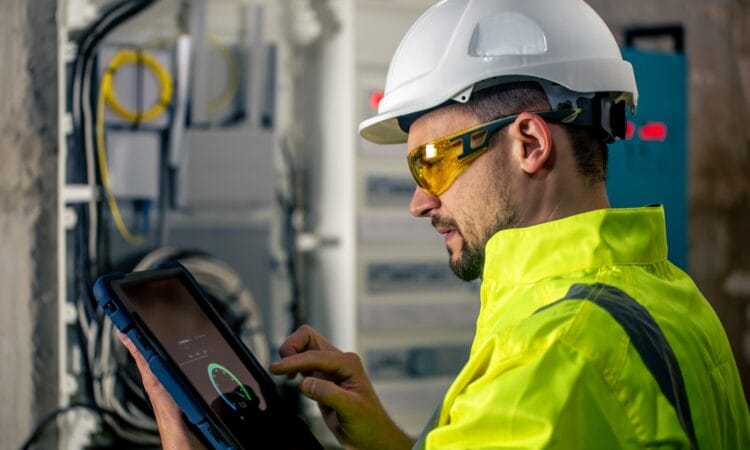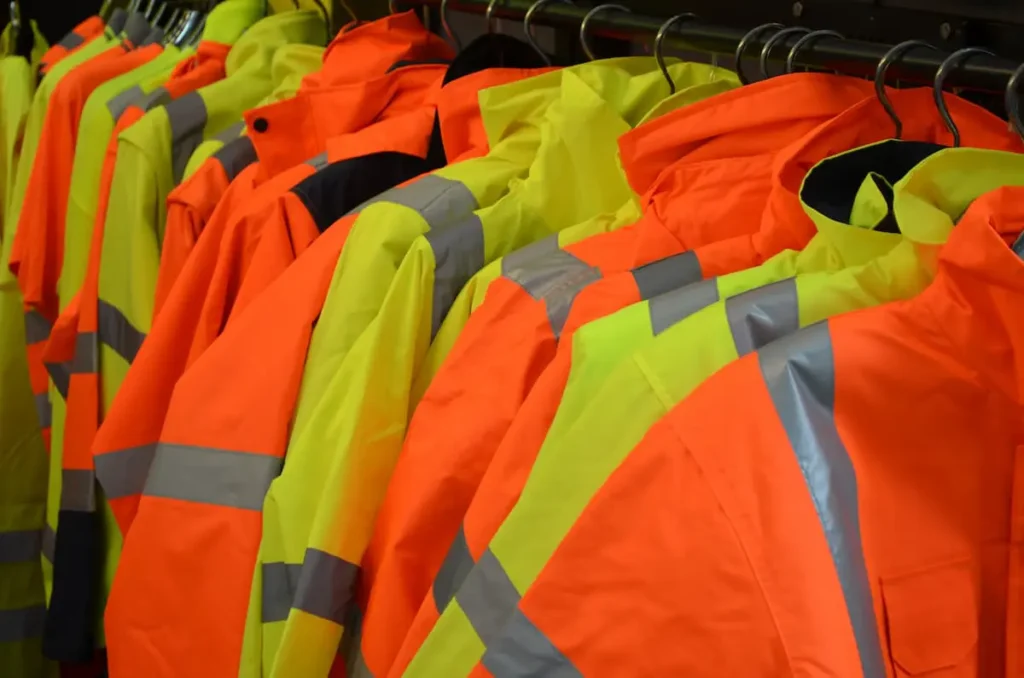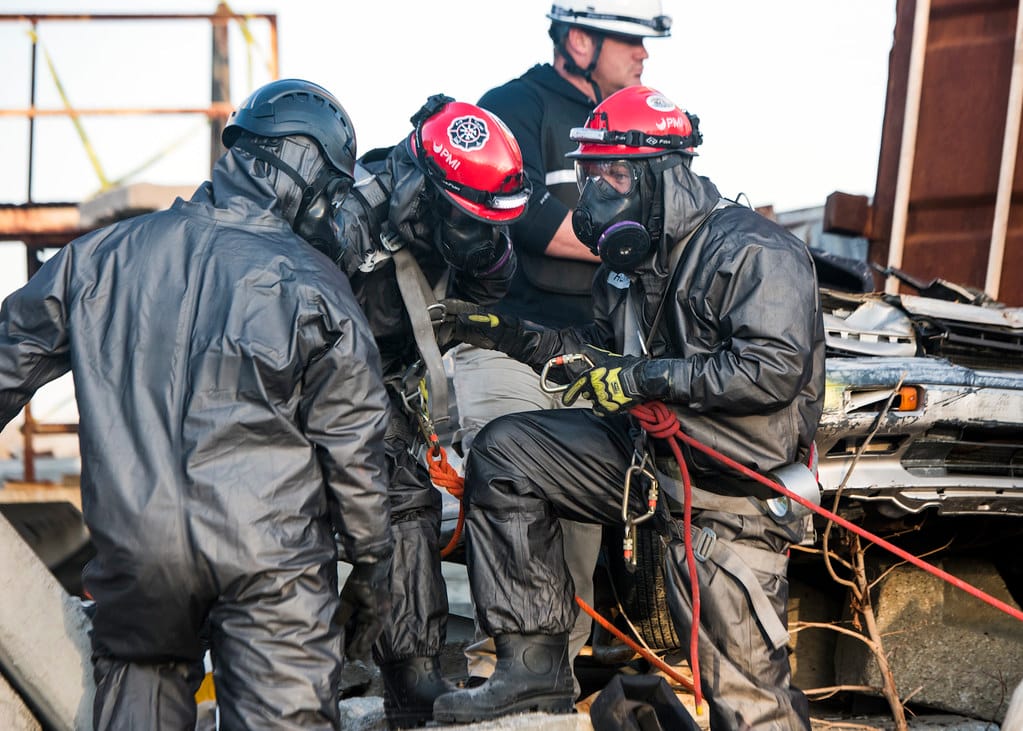
If you’ve been in PPE sourcing long enough, you’ve probably had that nightmare moment—a container stuck at port, customs emails piling up, and the only thing between you and clearance is a missing or outdated certificate. For some buyers, that’s just an inconvenience. For others, it’s the difference between hitting a tender delivery date and losing the contract entirely.
In 2025, PPE compliance is no longer just about ticking boxes. Governments are tightening safety standards, environmental regulations are becoming intertwined with PPE requirements, and digital verification is replacing paper in many ports. For buyers, this means compliance has moved from an administrative task to a strategic function—one that can impact profit margins, lead times, and client trust.
In 2025, PPE buyers must navigate stricter EN ISO, ANSI, and regional standards, new environmental reporting requirements, and increasing adoption of digital certification. Updates include revised glove abrasion tests (EN 388), added slip resistance classes for safety footwear (EN ISO 20345), and recycled content verification for EU tenders.
Why Compliance Is Changing
1. Updated Product Safety Standards
Every few years, regulatory bodies update PPE performance tests—and 2025 is a big one.
- Example: EN 388 (mechanical protection gloves) now requires abrasion testing under finer grit conditions. Several older glove models that once scored Level 4 abrasion resistance now test at Level 3.
- Buyer Impact: Products that still “feel” durable to end users may no longer legally qualify for certain contracts.
- Regional Note: In Asia, some manufacturers are still using pre-2023 test methods—buyers need to verify lab reports are from accredited bodies under the current standard.
2. Environmental and Sustainability Requirements
Compliance is expanding to include eco-impact data—even for items with no legal environmental mandate.
- Example: In 2024, the EU added recycled content declarations to scoring criteria in certain public tenders for hi-vis jackets. A supplier without proof lost a €2 million contract to a competitor offering 35% recycled polyester.
- Trend: Japan and South Korea are piloting “low-carbon PPE” labels for government purchasing.
- Buyer Tip: Even if your current market doesn’t require eco-certificates, your next tender might.
3. Digital Certificate Systems
Paper certificates are being phased out in favor of instantly verifiable digital versions.
- Example: The EU’s “eCert” platform now allows customs officers to scan a QR code and confirm certification in seconds.
- Buyer Impact: This reduces clearance delays but also means fraudulent certificates are easier to detect—suppliers with questionable paperwork will be flagged immediately.
- Regional Note: China’s CNCA (Certification and Accreditation Administration) has launched a blockchain-based PPE certification pilot.
4. Region-Specific Shifts
Standards are aligning in some areas and diverging in others.
- Example: ANSI/ISEA 105 (US) and EN 388 (EU) are moving closer in cut resistance methodology, but remain different enough that dual testing is required for global distribution.
- Buyer Impact: A glove that passes EN 388 cut resistance tests may still need adjustments to pass ANSI, especially in material composition.
Real-World Buyer Cases
Case #1 – European Importer
Lost a municipal hi-vis jacket tender because the supplier couldn’t provide recycled content certification. Now works only with mills that have GRS (Global Recycled Standard) accreditation.Case #2 – Middle East Distributor
A shipment of safety boots was held for three weeks when EN ISO 20345 certificates expired mid-transit. Since adopting an automated compliance tracker, they’ve had zero port delays.Case #3 – US Industrial Buyer
Chose a helmet supplier with digital ANSI certification integration. Customs clearance time dropped from 2.5 days to under 4 hours.Case #4 – Australian Workwear Brand
Discovered that a glove model passing EN 388 in 2021 no longer met updated abrasion requirements. Retested all top sellers, preventing a costly recall.
Regional Standards and Compliance Differences – 2025
| Region / Standard | Focus Areas | 2025 Updates | Compliance Risk* | Notes for Buyers |
|---|---|---|---|---|
| EU – EN ISO | Safety, environmental compliance | EN 388 abrasion tests, EN ISO 20345 slip classes, eco-material documentation for tenders | 2/5 | Strong enforcement; eco-criteria growing in public contracts |
| US – ANSI/ISEA | Performance testing, worker safety | ANSI/ISEA 105 added cut resistance categories, digital certificate pilot | 3/5 | Requires separate testing; growing alignment with ISO |
| Japan – JIS | Safety, sustainability pilots | Testing labs adding carbon footprint measurement | 2/5 | Localized standards—importers must test domestically |
| China – GB / CCC | Safety, manufacturing quality control | CNCA blockchain cert pilot, stricter PPE labeling rules | 3/5 | Domestic use only unless paired with EN/ANSI certs |
| Middle East – GSO | Safety footwear, hi-vis clothing | Harmonizing with EN ISO footwear slip resistance | 4/5 | Some countries require separate Arabic labeling |
*Risk score based on enforcement strictness and frequency of updates (1 = low, 5 = high).
Cost Impact of Compliance Changes
For a mid-sized importer handling 50 SKUs:
| Change | Added Cost per SKU | Annual Cost (USD) | Offset Potential |
|---|---|---|---|
| Retesting under new EN 388 | $350 | $17,500 | Prevents potential recall and tender disqualification |
| Adding recycled content certification | $200 | $10,000 | Increases tender win rate in eco-conscious markets |
| Transition to digital certification | $150 | $7,500 | Cuts customs delay fees, faster cash flow |
| Dual testing for EN + ANSI | $500 | $25,000 | Opens access to US + EU markets simultaneously |
Risks and How to Mitigate Them
-
Expired Certificates
Mitigation: Set ERP reminders 90, 60, and 30 days before expiry. -
Supplier Using Outdated Test Methods
Mitigation: Always request lab reports dated within the last 12 months. -
Eco-Compliance Gaps
Mitigation: Partner only with mills and factories that can provide recognized eco-certifications (GRS, OEKO-TEX, Bluesign). -
Digital Verification Failures
Mitigation: Test certificate QR codes or blockchain links before shipment.
Common Compliance Mistakes Buyers Make
- Assuming “Last Year’s Certificate” Is Still Valid – Updates can change pass/fail criteria.
- Not Budgeting for Retesting – Especially after major standard revisions.
- Overlooking Regional Labeling Requirements – Languages, safety icons, and care instructions vary.
- Using One Certificate for Multiple Models – Risky unless the models are identical in materials and construction.
Cost-Benefit Snapshot of Staying Ahead on Compliance
| Benefit | Annual Gain | Example |
|---|---|---|
| Tender Win Rate Increase | +15–30% | Offering eco-certified hi-vis jackets |
| Avoided Port Storage Fees | $5,000–$10,000 | Digital certs speeding customs clearance |
| Reduced Recall Risk | Avoids $50,000+ loss | Pre-emptive retesting after standard updates |
| Faster Cash Flow | 3–5 days sooner | Clearance without certificate disputes |
Extended Buyer FAQ
Q1: How often should I retest products?
A: Every time the standard changes—or every 3 years for continuous compliance.
Q2: Can I rely on supplier-issued certificates?
A: Yes, but only from accredited, third-party labs. Always verify authenticity.
Q3: Will eco-certification become mandatory?
A: In some regions, yes—public tenders in the EU already score higher for eco-compliance.
Q4: How do I manage compliance for multiple regions?
A: Maintain a compliance matrix showing which SKUs meet which standards.
Q5: Is digital certification secure?
A: Blockchain-based systems are very secure, but still require careful handling of original digital files.
Compliance Procurement Checklist
- [ ] Maintain a compliance matrix per SKU and market
- [ ] Verify supplier certificates with issuing labs
- [ ] Schedule regular retesting aligned with standard updates
- [ ] Track eco-certifications and recycled content documentation
- [ ] Test digital certificate access before shipment
- [ ] Train procurement team on key 2025 standard changes
Conclusion
In 2025, PPE compliance is not just a pass/fail exercise—it’s a competitive advantage. Buyers who track updates, verify supplier documents, and adopt digital verification will move goods faster, win more contracts, and avoid costly delays.
Compliance-savvy procurement is no longer about avoiding problems—it’s about using certification as a strategic lever for growth.
📩 Need globally certified, eco-compliant PPE?
Email: [email protected]
🌐 www.workwearsolutions.net
Zion Zhang
Recent Posts
 Technology in PPE: How Smart Features Are Changing Buyer Expectations2025年8月9日When I first saw a “smart helmet” at an expo in 2018, I […]
Technology in PPE: How Smart Features Are Changing Buyer Expectations2025年8月9日When I first saw a “smart helmet” at an expo in 2018, I […] Sustainability in PPE: How Eco Standards Are Reshaping Buyer Decisions2025年8月9日Five years ago, “eco-friendly PPE” was a novelty—something […]
Sustainability in PPE: How Eco Standards Are Reshaping Buyer Decisions2025年8月9日Five years ago, “eco-friendly PPE” was a novelty—something […] Post-Pandemic PPE Demand: What Buyers Should Expect in 2025 and Beyond2025年8月9日If you were in PPE procurement during 2020, you probably […]
Post-Pandemic PPE Demand: What Buyers Should Expect in 2025 and Beyond2025年8月9日If you were in PPE procurement during 2020, you probably […] Regional Sourcing Shifts: Where PPE Production is Moving in 20252025年8月9日If you’ve been sourcing PPE for a decade, your mental map […]
Regional Sourcing Shifts: Where PPE Production is Moving in 20252025年8月9日If you’ve been sourcing PPE for a decade, your mental map […] AI in PPE Supply Chains: Smarter Sourcing and Inventory Management2025年8月9日Three years ago, if you had told a PPE buyer that […]
AI in PPE Supply Chains: Smarter Sourcing and Inventory Management2025年8月9日Three years ago, if you had told a PPE buyer that […] From Function to Fashion: How Workwear is Entering the Mainstream2025年8月9日Ten years ago, the idea of wearing a hi-vis jacket or […]
From Function to Fashion: How Workwear is Entering the Mainstream2025年8月9日Ten years ago, the idea of wearing a hi-vis jacket or […]
CONTACT US
- Feel free to contact us any time. We will get back to you as soon as we can!
- +86-17330061805
